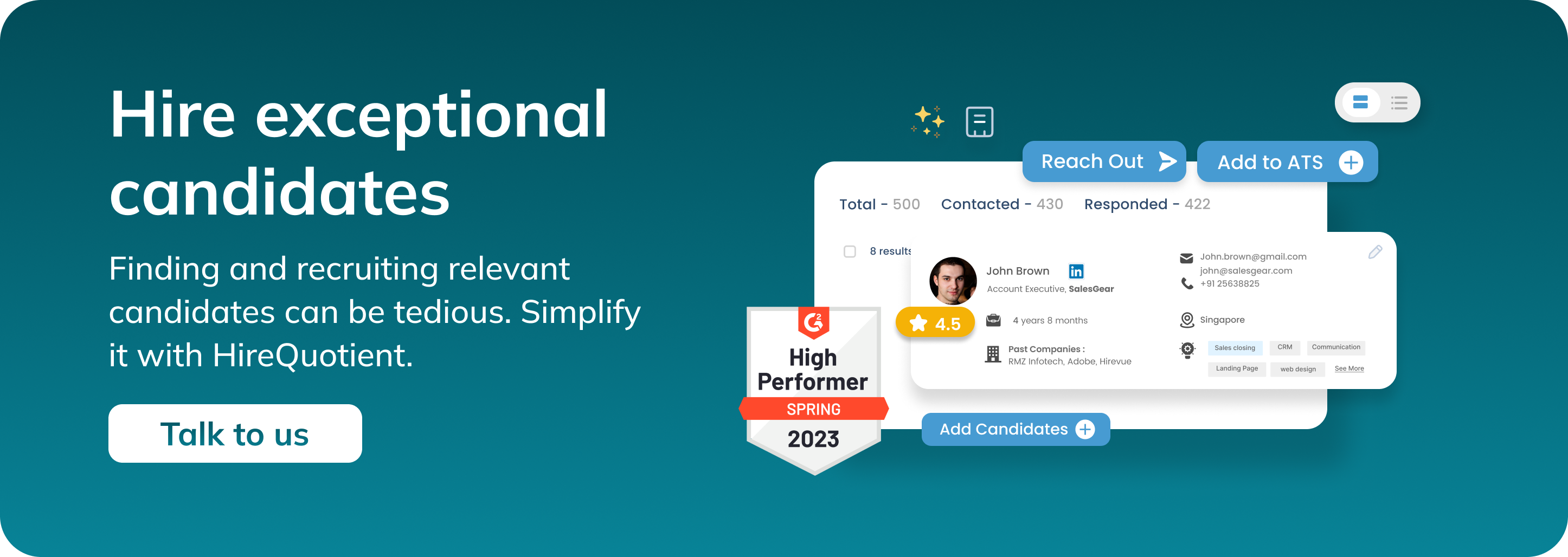What is Agile Organization?
An organization is referred to as agile if it responds quickly to changes in the environment or in the market.
An agile organization is a type of organizational structure and mindset that emphasizes adaptability, collaboration, flexibility, and responsiveness to change. It is characterized by the ability to quickly and effectively respond to evolving market conditions, customer needs, and emerging opportunities.
In an agile organization, traditional hierarchical structures and rigid processes are replaced or complemented by more dynamic and decentralized approaches. The principles and practices of agile methodologies, which originated in software development, are often applied to the broader organization.
Also read: Agile Recruitment
Here are some key characteristics and principles associated with agile organizations:
1. Cross-functional teams: Agile organizations often organize work into small, self-managing teams that bring together individuals from different functional areas or expertise. These teams have a high degree of autonomy and are empowered to make decisions and take ownership of their work.
2. Iterative and incremental approach: Agile organizations embrace iterative and incremental approaches to work, where projects or initiatives are divided into smaller, manageable pieces or iterations. This allows for faster feedback, continuous learning, and the ability to adapt as new information becomes available.
3. Customer-centricity: Agile organizations prioritize understanding and meeting customer needs by continuously gathering feedback and involving customers in the development and decision-making processes. Customer feedback is used to drive product or service improvements and guide decision-making.
4. Agile mindset and values: Agile organizations foster a culture that values collaboration, transparency, adaptability, and continuous improvement. They encourage open communication, experimentation, and learning from failures.
5. Agile practices and frameworks: Agile organizations may adopt specific practices and frameworks such as Scrum, Kanban, or Lean to guide their work processes. These frameworks provide guidelines for managing work, organizing tasks, and facilitating collaboration and communication.
Also read: The Power of an Agile Recruitment Process: Enhancing Efficiency and Success
6. Empirical decision-making: Agile organizations emphasize making decisions based on empirical data and insights rather than relying solely on intuition or hierarchy. They encourage experimentation, data-driven decision-making, and the use of metrics to measure progress and outcomes.
The benefits of an agile organization include enhanced innovation, faster time to market, improved customer satisfaction, greater employee engagement, and the ability to navigate and thrive in a rapidly changing business environment.
However, it's important to note that implementing agile principles and transitioning to an agile organization requires a cultural shift, leadership support, and a willingness to embrace change. It may involve redefining roles and responsibilities, developing new skill sets, and creating a supportive environment for collaboration and experimentation.
Agile methodologies and principles have expanded beyond software development and are increasingly being adopted in various industries and sectors to enable organizations to become more adaptive, customer-focused, and resilient in the face of change.
How Does an Agile Organization Use Technology?
As organizations seek to embrace agility, innovative solutions like EasySource can revolutionize their journey toward becoming more dynamic and responsive entities. EasySource, a cutting-edge candidate sourcing software, catalyzes organizational agility by streamlining key processes and empowering teams to make data-driven decisions.
By seamlessly integrating into the agile organization's workflow, EasySource enhances collaboration among cross-functional teams, facilitates iterative and incremental approaches to recruitment, and enables a customer-centric recruitment strategy driven by real-time feedback.
With its intuitive features and seamless integration capabilities, EasySource empowers organizations to embrace agility and thrive in an ever-changing business environment.
Also read: How to implement an Agile Recruitment Strategy in 4 easy steps?
If you wish to know more about how EasySource helps agile organizations, book a demo with us now!
